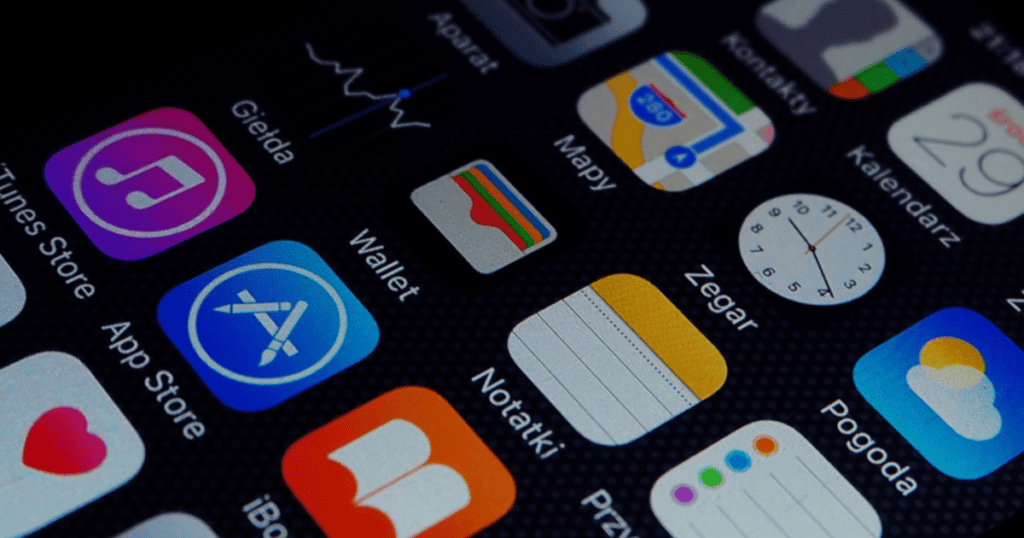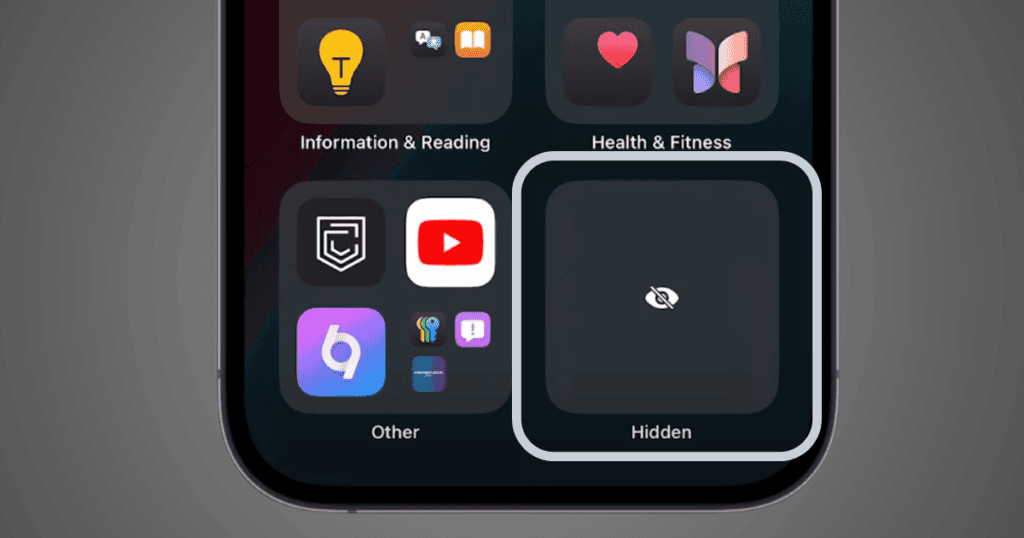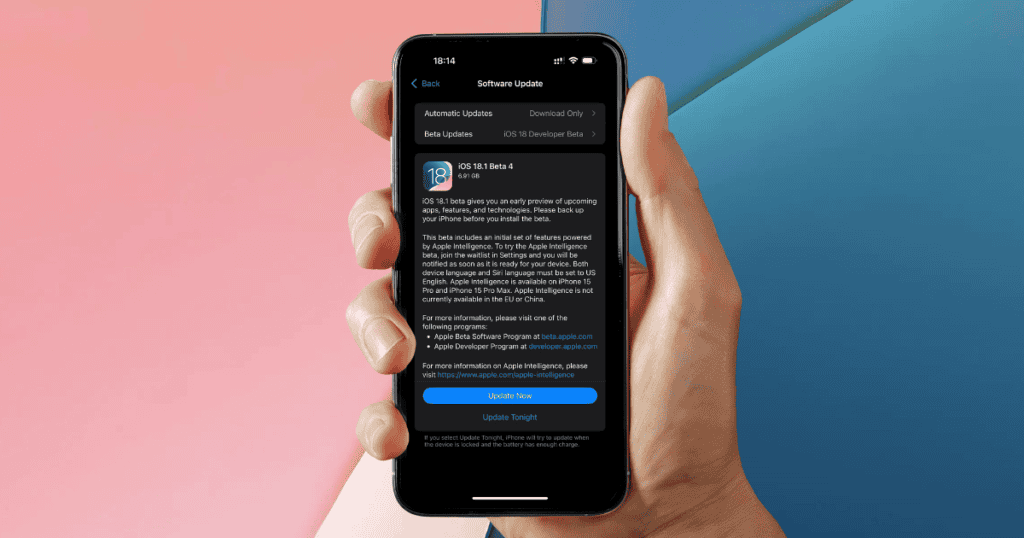Apple’s iOS 18.2 update delivers several key enhancements, with the introduction of the new ‘Default Apps’ feature being a standout. This feature gives you greater control over how you manage app preferences, particularly for email, calling, and browsing. While this update is a major step forward in customization, the experience can vary based on your region. In this article, we’ll explore what this update entails, the differences between user experiences in the U.S. and the EU, and how it reshapes the way you interact with your iPhone.
1. The Core of iOS 18.2: What’s New?
iOS 18.2 introduces several features aimed at enhancing user customization and improving daily use. Among the key updates is the Default Apps section, which allows you to choose your preferred applications for various core functions. Whether it’s Email, Messaging, or Browsing, this feature puts control back in your hands, empowering you to select apps that best suit your needs.
Here are the categories for which you can now set default apps:
- Messaging
- Calling
- Call Filtering
- Browser
- Password Management
- Keyboards
This enhanced customization is designed to streamline how you interact with your device, simplifying access to your most-used apps.
2. How to Access the New Default Apps Section
One of the standout features in iOS 18.2 is the easy-to-navigate Default Apps section, located within your Settings app. Here’s how you can access and manage your default apps:
- Open Settings on your device.
- Scroll down and select Default Apps.
- Choose the app category you’d like to modify (e.g., Email, Browser).
- Select your preferred application from the list of installed apps.
This dedicated section centralizes all app preferences, making it easier than ever to adjust your settings and tailor your iPhone to your preferences.
3. Regional Differences: U.S. vs. EU
While iOS 18.2 enhances customization for all users, the experience differs depending on your region. In the U.S., you can select default apps for Email, Browsing, Call Filtering, and Password Management, but Messaging and Calling defaults remain limited to Apple’s built-in apps like Messages and Phone.
In contrast, EU users benefit from a more flexible approach, as regional regulations have allowed Apple to expand options. In the EU, users can:
- Replace Apple’s default Messaging and Calling apps with third-party options.
- Delete core Apple apps such as Messages and Safari if desired, freeing up space for alternative apps.
These regional differences reflect a broader trend toward user choice, but the disparity may frustrate U.S. users who want the same level of flexibility available to their EU counterparts.
4. Benefits of Managing Default Apps
Taking control of your default apps has several benefits that enhance both convenience and efficiency:
- Improved Workflow: With the ability to set default apps for Email and Browsing, switching between tasks becomes smoother.
- Streamlined User Experience: The centralized Default Apps hub simplifies management, reducing the need to navigate through multiple menus.
- Customization Options: In regions like the EU, users can completely replace Apple’s native apps with preferred third-party solutions.
For U.S. users, even though some limitations remain, the ability to manage core functions like Email and Browsing still adds a layer of personalization that was previously lacking.
5. Potential Challenges and Limitations
While the introduction of Default Apps is a significant step forward, it also raises a few challenges. In the U.S., the restrictions on setting non-Apple apps for Messaging and Calling functions can feel limiting. Users accustomed to Apple’s more integrated ecosystem might not mind, but those seeking flexibility similar to Android devices may feel constrained.
Additionally, compatibility issues may arise with certain third-party apps, especially those not optimized for iOS. While Apple’s curated environment ensures seamless functionality, using non-Apple apps could potentially impact performance in some cases.
Lastly, while this update reflects growing emphasis on user choice, Apple’s restrictions in certain regions may continue to be a sticking point for those wanting a more open ecosystem.
6. User Feedback and Reactions
Since the release of iOS 18.2, user reactions have been mixed. While many users appreciate the enhanced flexibility and the ease of customizing default apps, there’s some disappointment, particularly in the U.S., where customization options for Messaging and Calling apps remain limited.
Positive Reactions:
- Users enjoy the streamlined process of setting default apps.
- EU users applaud the broader options for replacing Apple’s built-in apps, particularly for core functions like Messaging and Calling.
Negative Feedback:
- U.S. users express frustration over the lack of options for non-Apple Messaging and Calling apps.
- Some users feel that more third-party app compatibility should be introduced for even greater customization.
7. What’s Next? The Future of App Customization
As Apple continues to push updates, it’s possible that future versions of iOS will further expand default app options. Given the evolving regulatory landscape in regions like the EU, Apple may eventually introduce similar features in the U.S. and other regions, offering greater flexibility for all users.
Looking forward, we may see:
- More app categories available for customization.
- Expanded options for third-party Messaging and Calling apps.
- Potential for deleting more core apps in the U.S., similar to what’s already available in the EU.
These potential updates could significantly reshape the way iPhone users interact with their devices, allowing for even more personalized experiences.
MacReview Verdict
The iOS 18.2 update is a major step towards greater user autonomy, particularly with the introduction of the Default Apps feature. Whether you’re managing Email, Browsing, or Calling preferences, this new section within Settings streamlines the process and enhances your overall experience.
Although regional differences exist, with EU users enjoying broader options, the update represents a shift toward more flexible and customizable app management across the board. Whether you’re in the U.S. or Europe, this update empowers you to tailor your device to your personal needs, making iOS 18.2 an exciting step in the evolution of iPhone functionality.
As future updates continue to roll out, expect even more changes that prioritize user choice and customization, further enhancing your ability to control your iOS experience.




